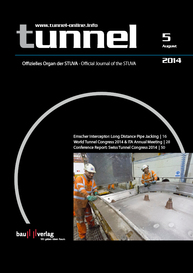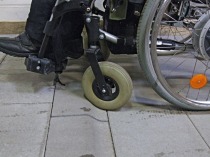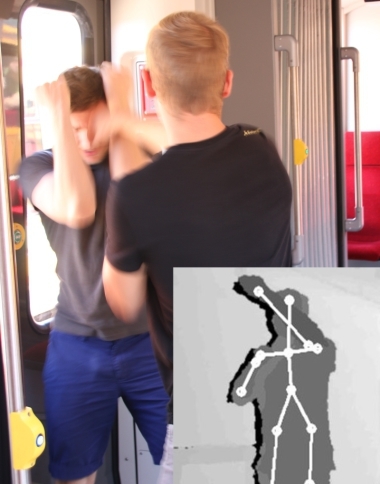Deliberations on the DIN 18040-3
successfully concluded
The DIN working group NA 005-01-11-01 “Barrier-free Construction – Public Transportation and free Spaces” of the Building and Civil Engineering Standards Committee (NABau) undertook the final reading of the DIN 18040-3 “Barrier-free Construction – Planning Principles – Part 3: Public Transportation and free Spaces” in mid-July thus concluding the intensive work involved with this standard. The standard is to be published as issue “November 2014”. DIN 18040-3 is the third and final part of the standard series on “Barrier-free Construction” and appeared as a yellow paper in May 2013. Part 1...





